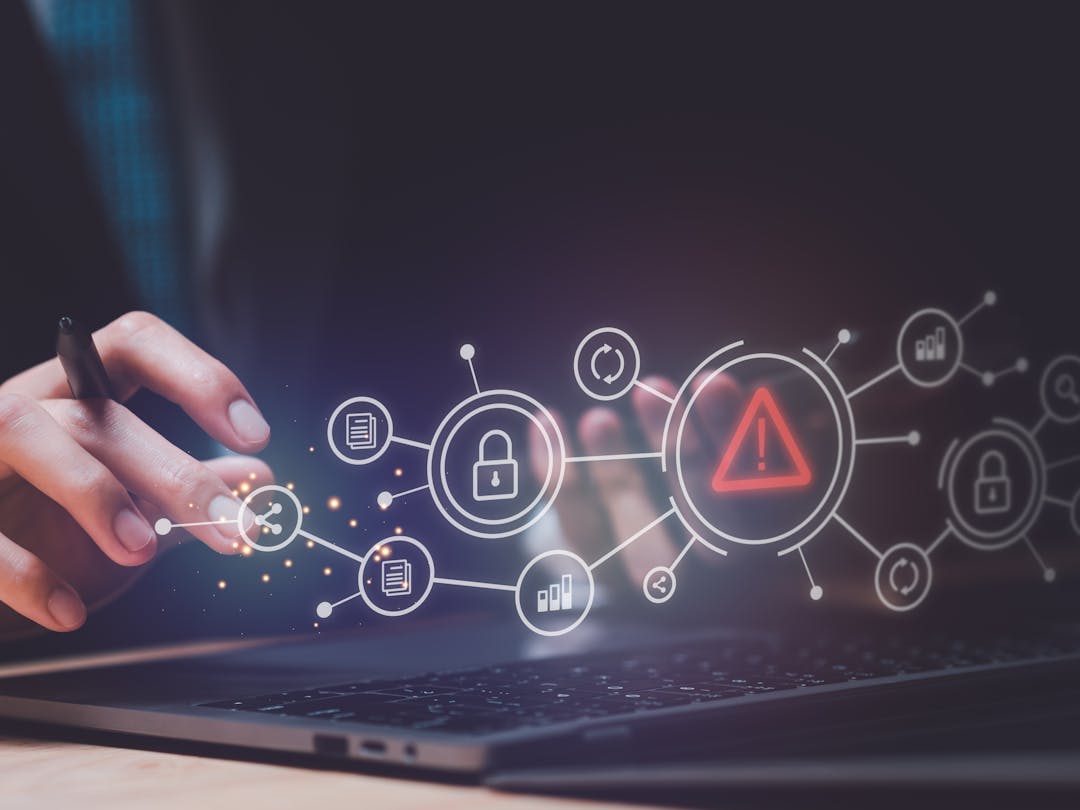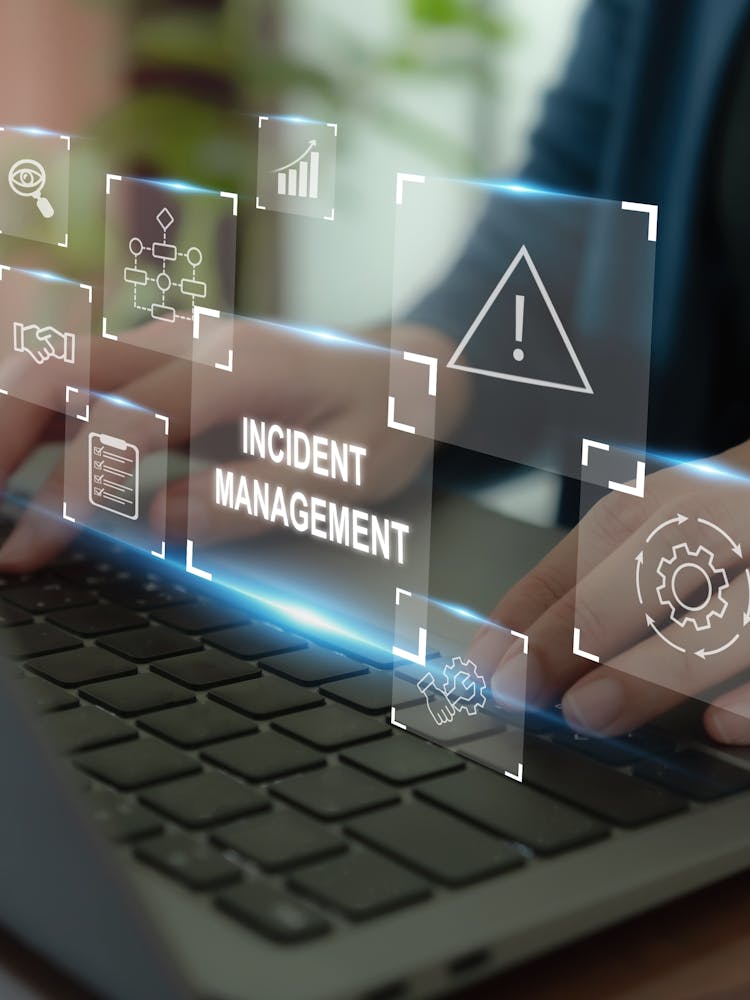Why do I need MDR?
Due to cost constraints, most SMBs could protect themselves before and after an attack - and not much more. MDR has changed all that. Small and medium-sized companies can now enjoy the same 24/7 monitoring that only enterprise businesses with in-house teams could afford before.

Continuous Security Monitoring
Our team will constantly monitor your network, systems, and applications for suspicious activity using advanced tools like SIEM (Security Information and Event Management) to keep your business safe.

Threat Detection and Analyses
MDR goes beyond just monitoring. Security analysts with expertise in the latest cyber threats will analyze the detected activities to determine if they are legitimate or malicious.

Efficient Incident Response and Management
When a real security incident is identified, the MDR team has a well-established process for responding quickly and efficiently, minimizing the damage.

Security Reporting and Recommendations
We will generate regular reports that detail identified threats, actions taken, and overall security posture, providing valuable insights and recommendations for further security improvements.
NIST-Aligned Security For Every Stage of Your Journey
Site2 safeguards your business using the NIST Cybersecurity Framework, a proven approach for managing cyber risks. Our team leverages advanced tools and deep NIST knowledge to implement all five core functions: Identify, Protect, Detect, Respond, and Recover.
24/7 monitoring by a team of experts.
Act - Don’t React
MDR goes beyond monitoring, actively hunting threats before they strike. This proactive approach minimizes damage and keeps your business running smoothly.
Industry-leading Expertise
You gain access to a team of cybersecurity specialists who are constantly learning and adapting to the latest threats. They can identify and respond to complex attacks that in-house teams might miss.
24/7 Vigilance
MDR provides continuous monitoring, ensuring your network is protected even outside of regular business hours. This gives you peace of mind, knowing your systems are always under watchful eyes.
Smarter, More Scalable Security
MDR offers a scalable solution that adapts to your needs. You avoid the high costs of hiring and training in-house security while still receiving advanced protection.
Actively defend your business from threats with an expert crew.
Our MDR provides expert, 24/7 threat hunting and response, letting you focus on your business without worrying about cyberattacks.
